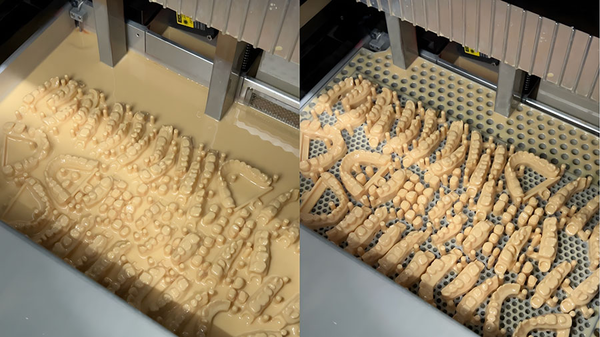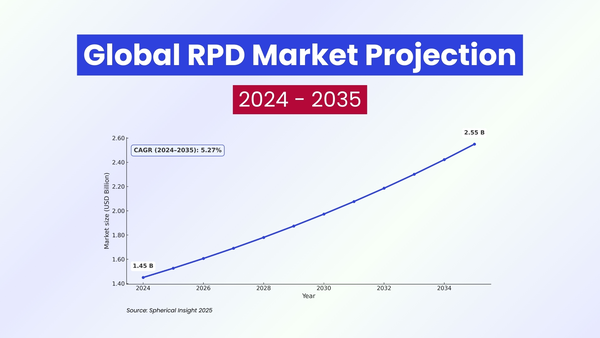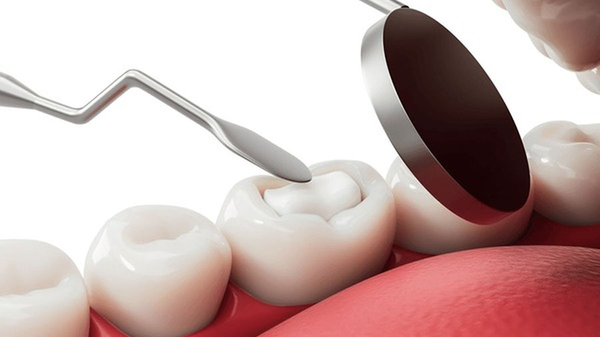In-Ceram Zirconia is a revolutionary dental ceramic material that combines the strength of alumina (Al₂O₃) with the reinforcement of zirconia (ZrO₂). Known for its high flexural strength, fracture toughness, and opacity, this glass-infiltrated system has become a preferred choice for restorations requiring durability and precision, particularly in posterior regions.
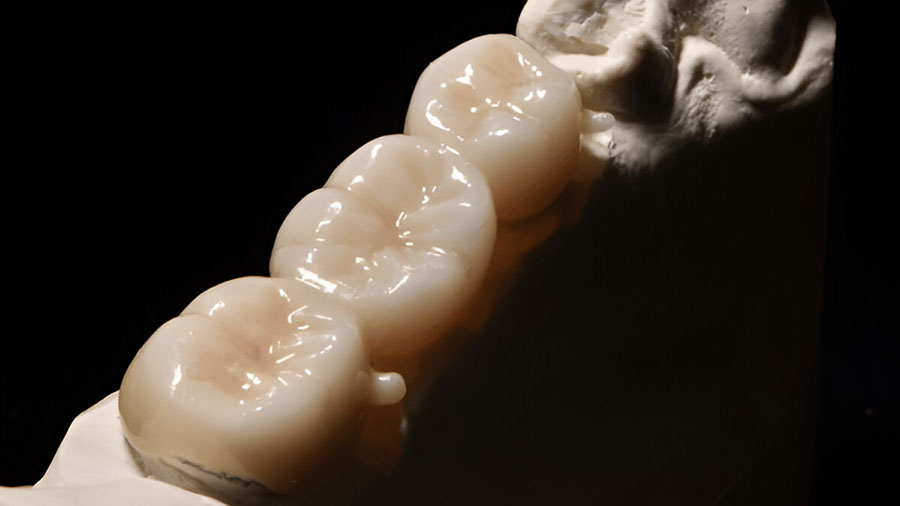
Table of contents [Show]
- Composition and Structure
- Manufacturing Process
- Material Properties
- Microstructural Characteristics
- Strengthening Mechanisms
- Clinical Applications
- Clinical Performance
- Advantages
- Limitations
- Comparative Analysis
- Bonding and Cementation
- Recent Developments
- Conclusion
- Why Choose XDENT LAB for In-Ceram Zirconia Restorations?
In-Ceram Zirconia is a revolutionary dental ceramic material that combines the strength of alumina (Al₂O₃) with the reinforcement of zirconia (ZrO₂). Known for its high flexural strength, fracture toughness, and opacity, this glass-infiltrated system has become a preferred choice for restorations requiring durability and precision, particularly in posterior regions. In this article, we explore its composition, manufacturing process, material properties, clinical applications, advantages, limitations, and recent developments — providing dental professionals with a thorough understanding of this advanced ceramic system.

Composition and Structure
In-Ceram Zirconia is a composite material consisting of:
67% Alumina and 33% Zirconia by weight, forming a porous skeleton.
Lanthanum Glass infiltrated into the porous structure, creating a strong and durable composite.
This unique structure combines the crystalline phases of alumina and zirconia within a glass matrix, enhancing mechanical properties while maintaining excellent opacity.
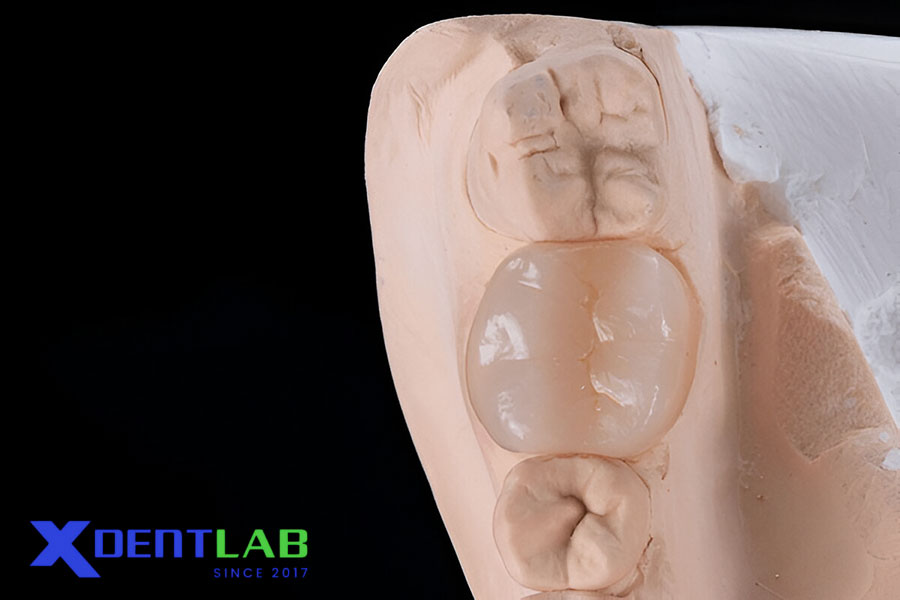
Manufacturing Process
The fabrication of In-Ceram Zirconia involves several precise steps:
Slip-Casting
A water-based slurry containing alumina and zirconia particles is applied to a porous refractory die, forming the initial framework.
Initial Sintering
The green body is partially sintered at 1120°C for 2 hours to create a porous framework with controlled porosity.
Glass Infiltration
Lanthanum-based glass powder is applied to the porous framework and fired at 1100°C for 4-6 hours.
Capillary Action
Molten glass infiltrates the porous structure via capillary forces, filling all voids and eliminating stress concentrators.
Final Processing
Excess glass is removed, and the framework is finished to the desired dimensions for clinical use.
This complex process ensures the material’s high strength, durability, and precision fit.
Material Properties

In-Ceram Zirconia offers exceptional mechanical and structural properties:
Flexural Strength: 600-800 MPa, significantly higher than In-Ceram Alumina (450-600 MPa).
Fracture Toughness: 6.0-6.5 MPa·m^(1/2), enhanced by zirconia’s transformation toughening effect.
Elastic Modulus: Approximately 240-260 GPa, indicating stiffness and resistance to deformation.
Hardness: Higher than pure alumina systems due to zirconia reinforcement.
Opacity: High opacity makes it ideal for masking discolored tooth structures.
These properties make In-Ceram Zirconia a robust choice for restorations requiring strength and durability in high-stress regions.
Microstructural Characteristics
The microstructure of In-Ceram Zirconia reveals key features that contribute to its performance:
Grain Size: Alumina grains range from 2-5 μm, while zirconia grains are typically 0.5-1 μm.
Glass Content: Approximately 20-25% by volume, providing structural reinforcement.
Porosity: Minimal residual porosity (<1%) after complete glass infiltration.
Phase Distribution: Homogeneous dispersion of zirconia particles within the alumina matrix.
This fine microstructure enhances strength, toughness, and crack resistance, ensuring long-term clinical success.
Strengthening Mechanisms
In-Ceram Zirconia’s superior mechanical properties are attributed to several mechanisms:
Transformation Toughening: Stress-induced transformation of tetragonal zirconia particles to monoclinic phase creates compressive stresses that impede crack propagation.
Crack Deflection: Zirconia particles cause crack deflection, increasing the energy required for fracture.
Glass Infiltration: Complete filling of pores eliminates stress concentrators, enhancing durability.
Composite Effect: The combination of alumina, zirconia, and glass creates a synergistic strengthening effect.
These mechanisms make In-Ceram Zirconia one of the strongest glass-infiltrated ceramic systems available.
Clinical Applications
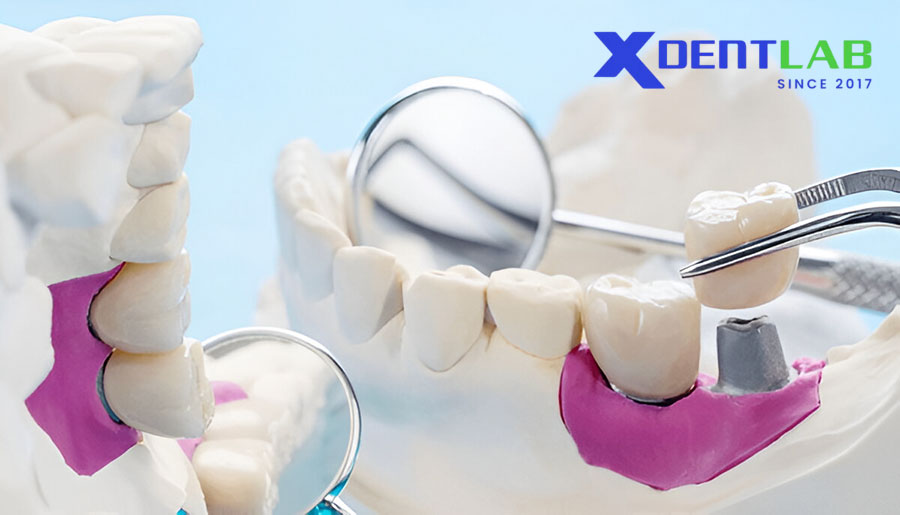
In-Ceram Zirconia is indicated for a variety of dental restorations:
Posterior Crowns: Ideal for high-stress posterior regions due to its superior strength.
Fixed Partial Dentures (FPDs): Suitable for 3-unit bridges in posterior areas.
Core Material: Used as a high-strength core for layered restorations.
Implant Abutments: Custom abutments benefit from its high strength and biocompatibility.
Its versatility and mechanical properties make it a reliable choice for demanding clinical scenarios.
Clinical Performance
Long-term studies validate the clinical reliability of In-Ceram Zirconia:
Survival Rates: 93-95% survival rates for single crowns over 5 years.
Bridge Performance: 85-90% survival rates for 3-unit posterior bridges at 5 years.
Fracture Resistance: Outperforms other all-ceramic systems in posterior applications.
These results demonstrate its durability and predictability in high-stress conditions.
Advantages
In-Ceram Zirconia offers several benefits:
High Strength: Superior mechanical properties suitable for posterior applications.
Masking Ability: Excellent opacity for covering discolored substrates.
Biocompatibility: Excellent tissue response with no adverse reactions reported.
Proven Technology: Long clinical track record with predictable outcomes.
Versatility: Applicable for various restoration types, including crowns, bridges, and implant abutments.
These advantages make it a trusted material for dental professionals seeking strength and reliability.
Limitations
Despite its strengths, In-Ceram Zirconia has some limitations:
Opacity: High opacity limits use in highly aesthetic anterior regions.
Processing Complexity: Requires specialized equipment and expertise for slip-casting.
Time-Intensive: Multiple firing cycles increase laboratory time.
Technique Sensitivity: Success depends heavily on proper processing techniques.
Understanding these limitations is essential for proper case selection and achieving optimal results.
Comparative Analysis
When compared to other In-Ceram systems:
vs. In-Ceram Alumina: 40-50% higher flexural strength and improved fracture toughness.
vs. In-Ceram Spinell: Significantly higher strength but more opaque.
vs. Densely Sintered Ceramics: Comparable strength properties but different processing methods.
These comparisons highlight In-Ceram Zirconia’s unique balance of strength and versatility.
Bonding and Cementation
Bonding In-Ceram Zirconia requires specific protocols:
Surface Treatment: Sandblasting with 50-110 μm Al₂O₃ particles recommended.
Silane Application: Not effective due to low glass content at the surface.
Cement Selection: Resin-modified glass ionomer or adhesive resin cements preferred.
Bonding Strength: Lower than glass ceramics but adequate for clinical success.
Adhering to these protocols ensures long-term restoration durability.
Recent Developments

Advancements in In-Ceram Zirconia technology include:
CAD/CAM Blocks: Pre-fabricated blocks for efficient milling applications.
Modified Compositions: Variations in zirconia content for specific applications.
Improved Processing: Refined infiltration techniques for better consistency and performance.
These innovations ensure In-Ceram Zirconia remains relevant in modern dental practice.
Conclusion
In-Ceram Zirconia is a powerful glass-infiltrated ceramic system that combines alumina, zirconia, and glass to deliver exceptional strength, durability, and clinical reliability. While it has limitations in aesthetic applications, its mechanical properties make it an ideal choice for posterior restorations and high-stress scenarios.
At XDENT LAB, we specialize in crafting high-quality In-Ceram Zirconia restorations tailored to the needs of dental practices worldwide. Our FDA-approved and ISO-certified facilities ensure consistent quality and compliance, making us the trusted partner for dental labs seeking reliable outsourcing solutions.
Why Choose XDENT LAB for In-Ceram Zirconia Restorations?
Global Expertise: Serving dental practices across the U.S. and beyond.
Lab-to-Lab Solutions: Seamless outsourcing for predictable results.
Advanced Technology: Precision manufacturing techniques for optimal restorations.
Compliance Assurance: FDA and ISO certifications guarantee quality and consistency.
Elevate your practice with XDENT LAB’s premium dental solutions. Contact us today to learn more!
XDENT LAB is an expert in Lab-to-Lab Full Service from Vietnam, with the signature services of Removable & Implant, meeting U.S. market standards – approved by FDA & ISO. Founded in 2017, XDENT LAB has grown from local root to global reach, scaling with 2 factories and over 100 employees.. Our state-of-the-art technology, certified technicians, and commitment to compliance make us the trusted choice for dental practices looking to ensure quality and consistency in their products.
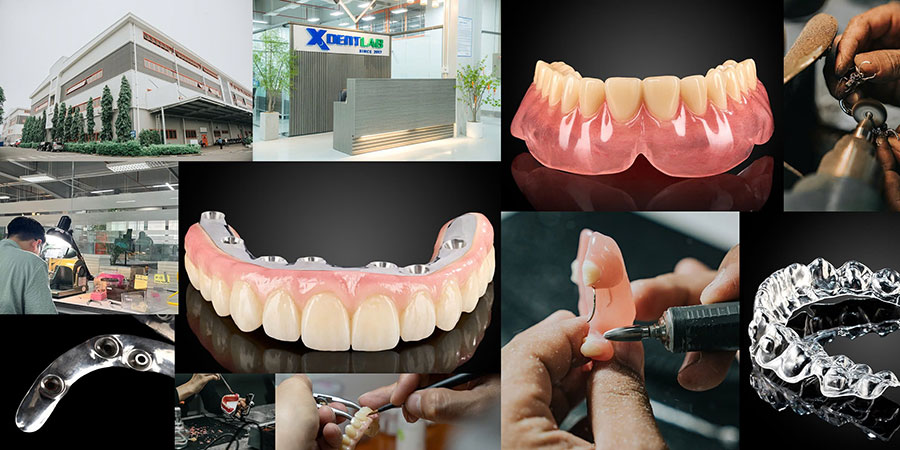
Our commitments are:
100% FDA-Approved Materials.
Large-Scale Manufacturing, high volume, remake rate < 1%.
2~3 days in lab (*digital file).
Your cost savings 30%.
Uninterrupted Manufacturing 365 days a year.
Contact us today to establish a strategy to reduce operating costs.
--------❃--------
Vietnam Dental Laboratory - XDENT LAB
🏢 Factory 1: 95/6 Tran Van Kieu Street, Binh Phu Ward, Ho Chi Minh City, Vietnam
🏢 Factory 2: Kizuna 3 Industrial Park, Can Giuoc Commune, Tay Ninh Province, Vietnam
☎ Hotline: 0919 796 718 📰 Get detailed pricing
Share this post:

